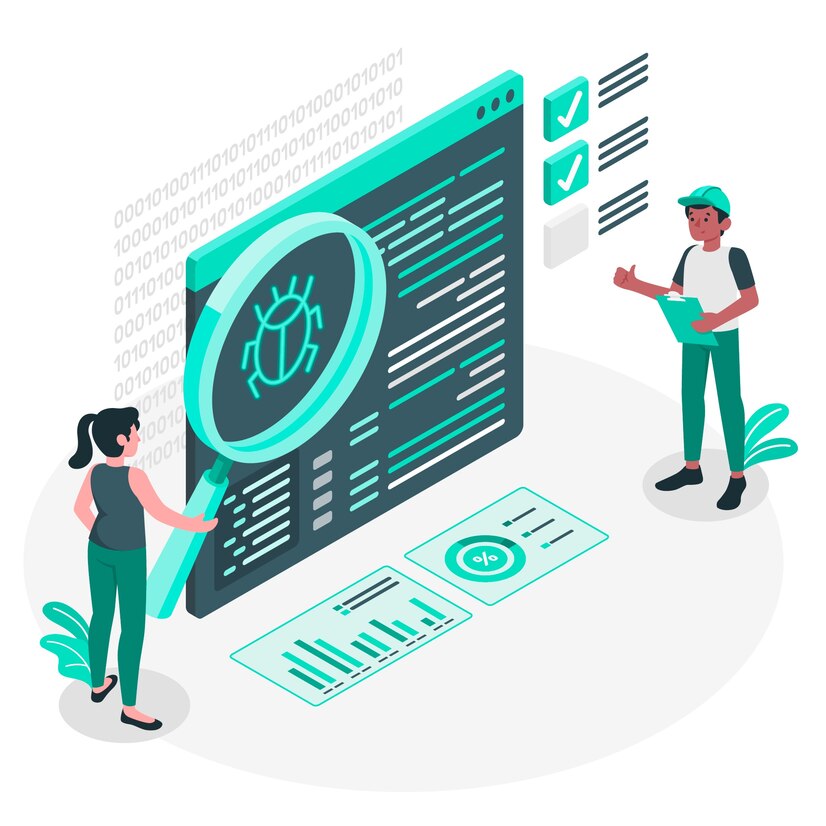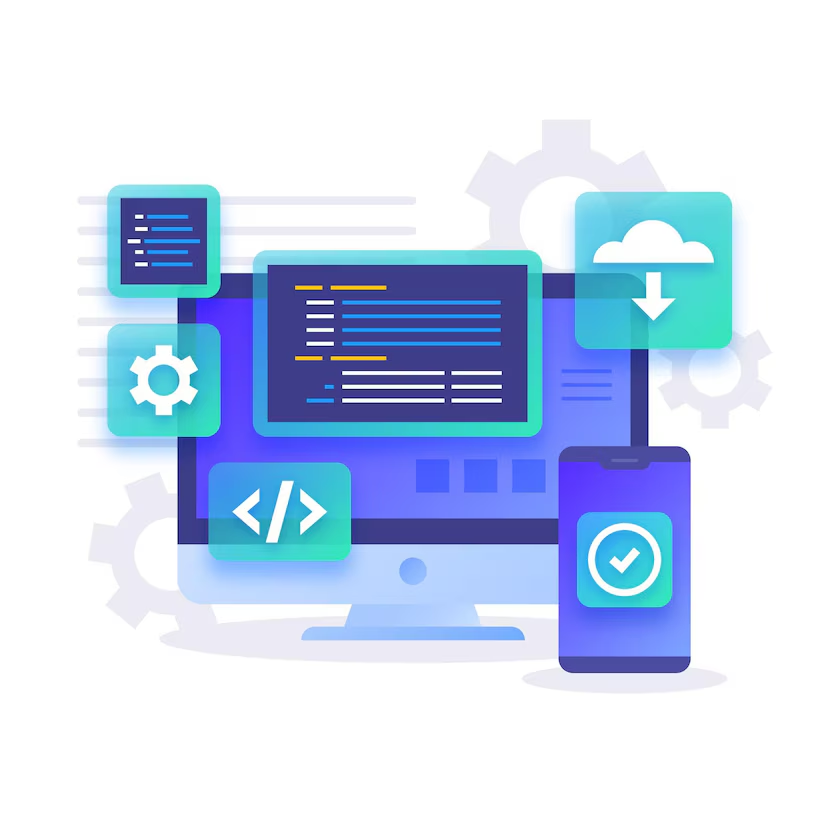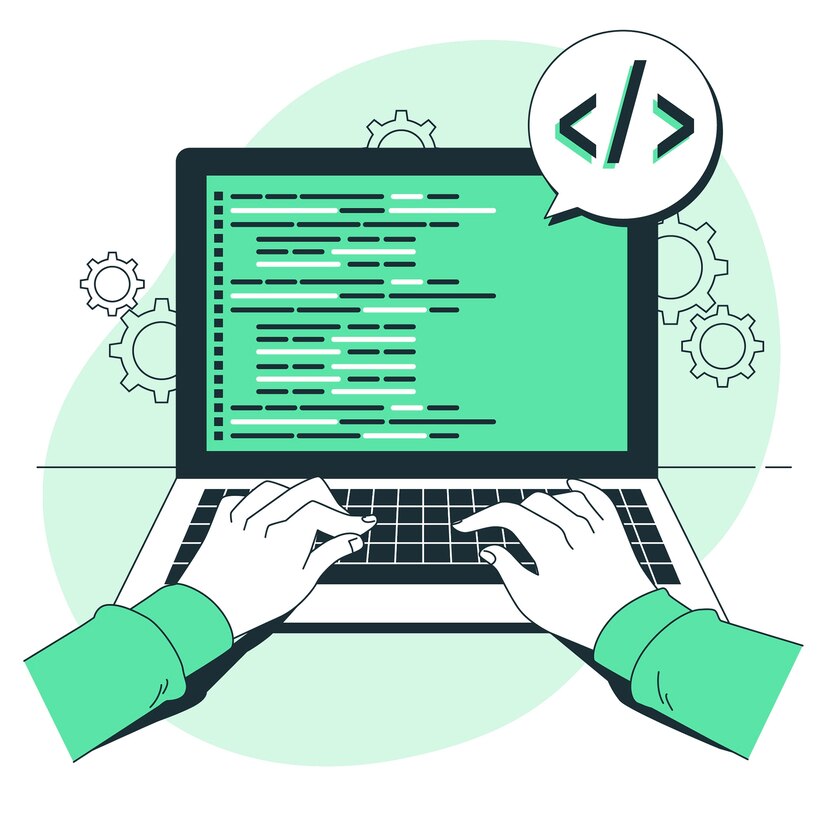Looking for a rewarding coding career? Here’s how to become a Django web developer. With strong demand for backend developers, Django is a powerful skill to have in your web development toolkit. This guide walks you through the learning path, essential tools, and real-world tips to launch your career in Django development.

Before diving into Django, you must first understand the basics of Python, which is the language Django is built upon.
To effectively work with Django, a foundational understanding of front-end technologies and how the internet works is essential.
Once you are comfortable with Python and the web basics, you can move on to the Django framework.
Hands-on experience is the best way to master Django. Real projects also enhance your resume and portfolio.

Real-world development is collaborative. Version control is crucial for team environments and professional work.
Technology changes fast. Staying current will give you a competitive edge.
Getting hired as a Django web developer also involves preparing for interviews and crafting a solid developer brand.

Now you know how to become a Django web developer. Begin with Python, then step into Django while gaining hands-on experience through real projects. Use Git and GitHub for version control, stay connected with the community, and don’t stop learning. With consistent effort and the right learning path, you can confidently build dynamic web applications and land your first job as a Become a Django Web Developer Easily.